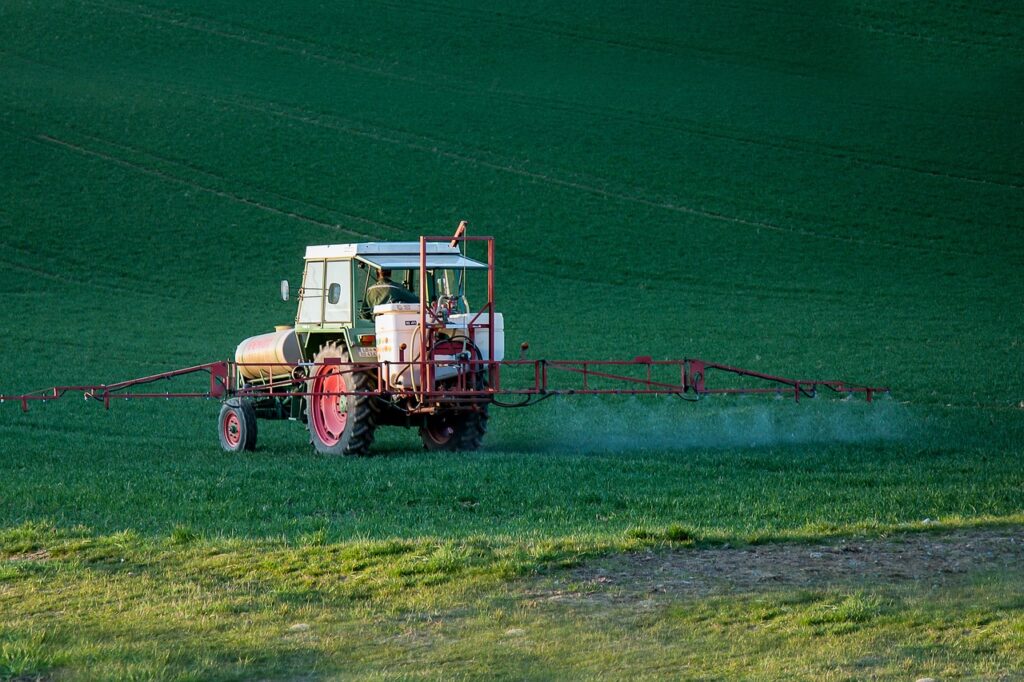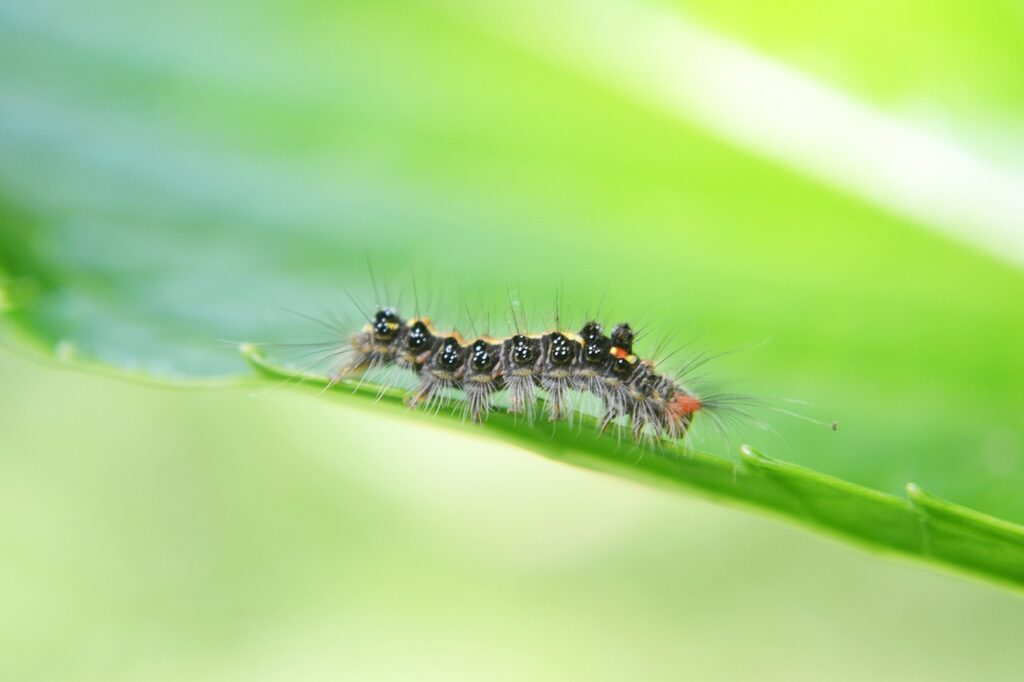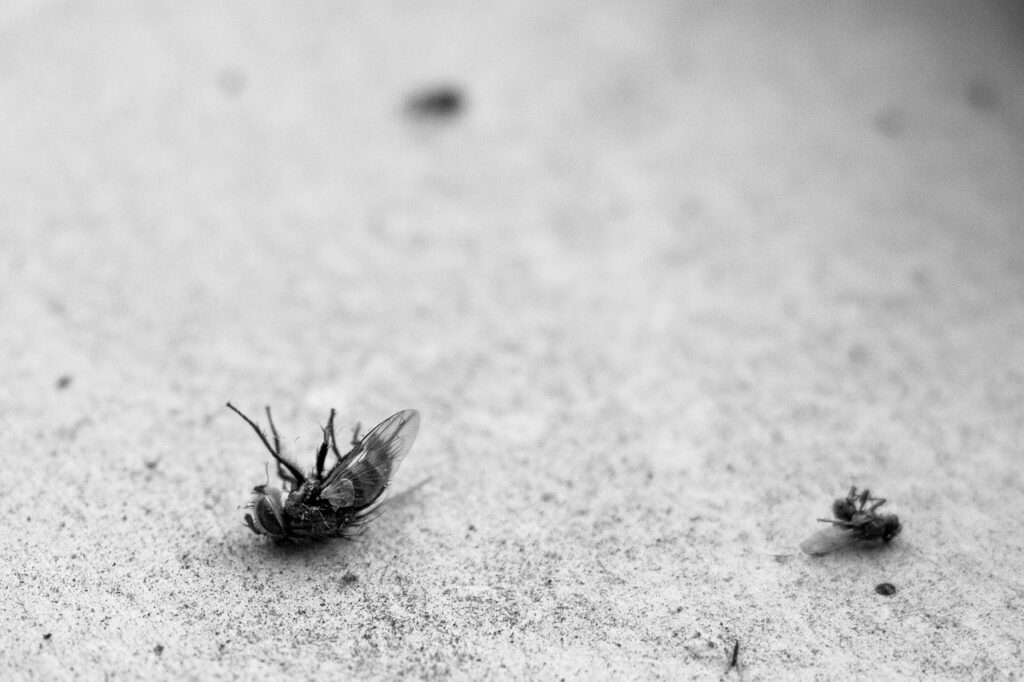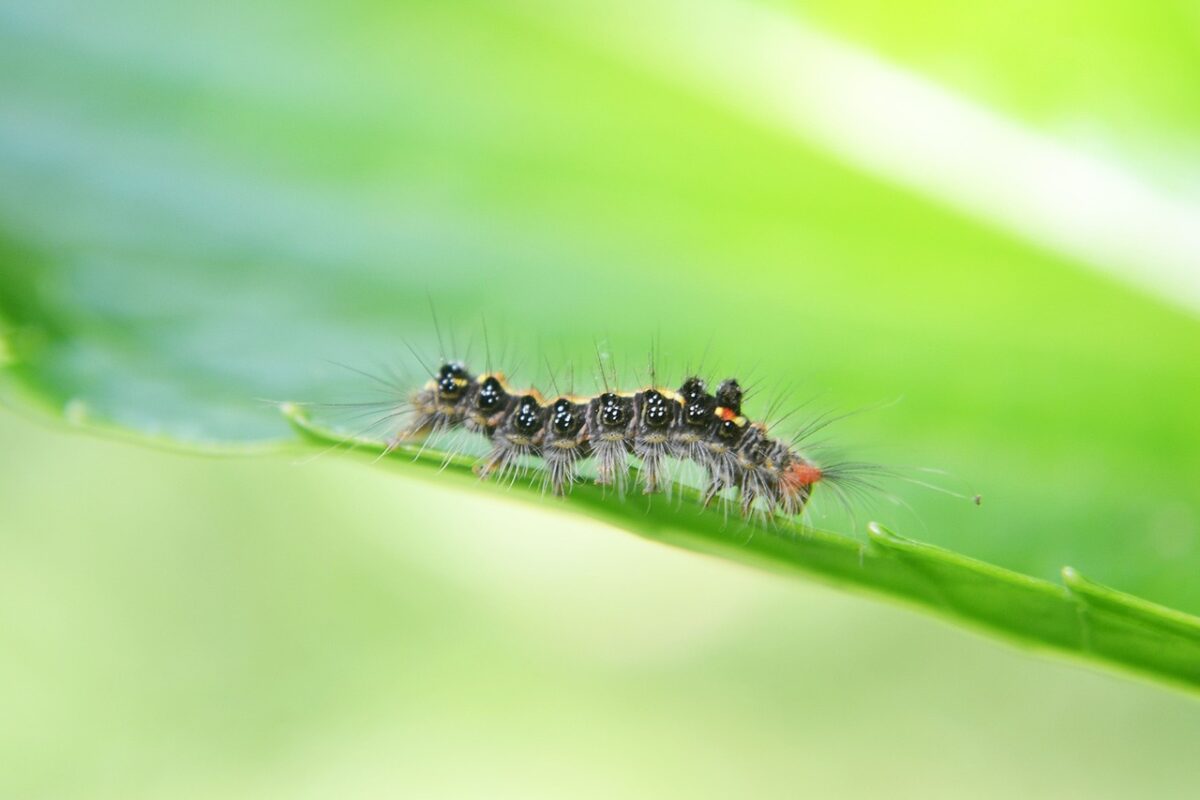Imagine this: you step out into your beautiful backyard, ready to soak up the sunshine and enjoy the tranquility of nature, only to be bombarded by a relentless swarm of flies. Annoyed and frustrated, you wonder why these pesky insects have decided to invade your personal outdoor haven. In this article, we will unravel the mystery behind the abundance of flies in your backyard, helping you understand their origins and providing practical tips to deal with this irritating invasion. Prepare to reclaim your outdoor space and say goodbye to those unwanted guests!
Understanding the Fly Infestation
A fly infestation can be a frustrating and bothersome problem to deal with. Flies are not only annoying, but they can also pose health risks and contaminate food and surfaces. In order to effectively address a fly infestation, it is crucial to have a good understanding of the different types of flies, their life cycle, and their behavior.
Identifying the Different Types of Flies
Flies come in various shapes, sizes, and colors. Understanding the different types of flies that may be present in your backyard can help in formulating the most appropriate control strategies. Some common types of flies include house flies, fruit flies, blowflies, and drain flies. House flies are typically gray or black in color and can be found in large numbers around organic waste and decaying matter. Fruit flies, on the other hand, are small and usually have a reddish-brown or yellowish body. They are attracted to overripe fruits and vegetables. Blowflies are larger in size and have a metallic appearance. They are often found near animal carcasses and can be potential carriers of disease. Drain flies, as the name suggests, are commonly found near drains and sewage systems.
Exploring the Life Cycle of Flies
Understanding the life cycle of flies is crucial for effective control. Flies undergo complete metamorphosis, which means they have four distinct stages: egg, larva, pupa, and adult. The length of each stage can vary depending on species and environmental conditions. Flies lay their eggs in suitable breeding sites, such as decaying organic matter and moist areas. These eggs hatch into larvae, also known as maggots, which feed on the organic matter. The larvae then enter the pupal stage, during which they transform into adult flies. The adult flies emerge and begin the cycle anew by seeking out suitable breeding sites.
Understanding the Behavior of Flies
Flies exhibit certain behaviors that contribute to their infestation. They are attracted to sources of food, such as organic waste, rotting fruits, and animal carcasses. Flies also require moisture and are often found in areas with standing water or high humidity levels. Light is another factor that attracts flies, as they are phototactic and tend to move towards well-lit areas. Vegetation and plant life can also provide a favorable environment for flies, offering shelter and food sources.
Factors Contributing to Fly Infestation
Several factors can contribute to a fly infestation in your backyard. Understanding these factors can help in preventing and managing the problem effectively.
Presence of Organic Waste
Flies are attracted to organic waste, such as food scraps, pet droppings, and compost. If you have uncovered trash cans or neglected areas with accumulated waste, flies are likely to be drawn to these locations. It is important to properly dispose of organic waste and keep trash receptacles tightly sealed to prevent flies from accessing potential food sources.
Rotted Vegetation and Fruits
Overripe or rotting fruits and vegetables can act as magnets for fruit flies. These small pests are capable of detecting the aroma of decaying organic matter from a significant distance. It is essential to promptly remove and dispose of any spoiled produce to avoid attracting fruit flies and contributing to their infestation.
Moisture and Standing Water
Flies require moisture for their survival and reproduction. Standing water, whether it is from leaky faucets, overflowing plant pots, or stagnant pools, can create an ideal breeding ground for flies. Regularly inspecting and addressing any sources of excess moisture in your backyard can help in preventing fly infestations.
Decaying Animal Carcasses
The presence of decaying animal carcasses can attract blowflies and other flies that are attracted to rotting flesh. If you have dead animals in your backyard, it is crucial to dispose of them properly and promptly in order to discourage fly infestations and potential disease transmission.
Dirty Trash Receptacles
Dirty and poorly maintained trash receptacles can provide a breeding ground for flies. Food residues, spills, and general uncleanliness can attract flies to these areas. Regularly cleaning and disinfecting your trash receptacles can help in reducing the chances of a fly infestation.

Environmental Conditions that Attract Flies
Flies are attracted to certain environmental conditions that facilitate their survival and reproduction. Understanding these conditions can help in mitigating fly infestations.
Warm Temperatures
Flies thrive in warm temperatures, which accelerate their development and increase their activity. In warmer climates, fly populations can grow rapidly, making it important to be proactive in fly control measures during these seasons.
Humidity Levels
Flies are known to prefer humid environments, as moisture is essential for their survival. High humidity levels can facilitate the breeding and growth of flies, making it necessary to address any excessive moisture or humidity in your backyard.
Presence of Light
Flies are attracted to light and will often congregate in well-lit areas. This behavior can be observed during the daytime when flies are more active. It is important to consider lighting conditions when implementing fly control measures, such as using light traps or modifying outdoor lighting to minimize fly attraction.
Vegetation and Plant Life
Certain types of vegetation and plant life can attract flies. Plants that produce nectar, fruits, or flowers can provide food sources for flies, while dense vegetation can offer shelter and breeding sites. Regularly maintaining and trimming vegetation can help in reducing fly attraction to your backyard.
Preventing and Managing Fly Infestation
Prevention is key when it comes to dealing with fly infestations. By implementing proper sanitation and management practices, you can significantly reduce the chances of a fly problem in your backyard.
Maintaining a Clean Backyard
One of the most effective ways to prevent fly infestations is by maintaining a clean and tidy backyard. Regularly remove any trash, debris, or organic waste that can attract flies. Mow your lawn regularly and keep your yard free of excessive plant materials and clutter that can serve as breeding grounds.
Proper Waste Management
Properly managing and disposing of waste is essential in fly control. Use covered trash cans and ensure they are sealed tightly to prevent access by flies. Regularly empty and clean trash cans to eliminate any odors or food residues that can attract flies.
Regularly Cleaning Trash Receptacles
In addition to proper waste management, regular cleaning of trash receptacles is necessary to deter flies. Rinse out your trash cans with a mixture of water and bleach or a disinfectant to remove any odors or residues that can attract flies.
Removing Decaying Matter
Promptly remove and dispose of any decaying matter, such as spoiled fruits or vegetables, dead animals, or plant debris. Flies are particularly attracted to the scent of decay, so eliminating these sources can help in preventing infestations.
Trimming and Pruning Vegetation
Trimming and pruning vegetation in your backyard can help in reducing fly attraction. Remove any dead or decaying plant material and ensure that trees and shrubs are properly maintained. This can minimize potential breeding sites and food sources for flies.
Eliminating Standing Water
Regularly inspect your backyard for any sources of standing water, such as buckets, birdbaths, or pet bowls. Empty and clean these containers regularly to prevent the accumulation of water that can serve as breeding sites for flies.
Using Fly Traps and Repellents
Fly traps and repellents can be useful tools in managing fly infestations. There are various types of fly traps available, including sticky traps and baited traps. These traps can help in capturing and killing flies. Fly repellents, whether in the form of sprays or natural alternatives, can also be effective in keeping flies away from your backyard.
Introducing Natural Predators
Some insects and animals naturally prey on flies, acting as natural predators. For example, certain species of wasps and spiders feed on flies. Encouraging the presence of these natural predators in your backyard can help in controlling fly populations.
Sealing Entry Points
Inspect your property for any potential entry points for flies, such as gaps around doors, windows, and vents. Seal these openings using weatherstripping or caulk to prevent flies from entering your home and backyard.
Seeking Professional Pest Control
If the fly infestation persists despite your best efforts, it may be necessary to seek professional pest control services. Pest control professionals have the expertise and tools to identify the extent of the infestation and implement effective control strategies. They can also provide long-term solutions and preventive measures to ensure that the fly problem is addressed comprehensively.

Alternative Natural Remedies for Flies
In addition to the preventive measures mentioned earlier, there are also alternative natural remedies that can help in deterring flies from your backyard.
Herbs and Essential Oils
Certain herbs and essential oils have properties that repel flies. Examples include lavender, basil, mint, eucalyptus, and citronella. Planting these herbs in your yard or using essential oils in diffusers or sprays can help in keeping flies at bay.
Citrus Peels and Spices
The strong scent of citrus peels, such as lemon or orange, can be unpleasant to flies. Placing citrus peels in areas where flies are commonly found can act as a deterrent. Similarly, certain spices like cinnamon and cloves have repellent properties and can be used to discourage flies.
Fly-Repelling Plants
Certain plants have natural fly-repellent properties and can be a valuable addition to your backyard. Examples include marigold, basil, lavender, and rosemary. Planting these fly-repelling plants strategically around your yard can help in reducing fly infestations.
DIY Fly Traps and Baits
There are numerous DIY fly traps and baits that you can make at home using simple household ingredients. For example, a mixture of apple cider vinegar, sugar, and dish soap can be used as bait in a homemade fly trap. These traps can be effective in capturing and reducing the fly population.
The Importance of Timely Action
Taking timely action to address a fly infestation is crucial for several reasons.
Preventing Fly-Borne Diseases
Flies can transmit various diseases, including salmonella, E. coli, and dysentery. These diseases can pose serious health risks to humans and pets. By promptly addressing a fly infestation, you can reduce the chances of disease transmission and protect the health of your family and pets.
Reducing Discomfort and Nuisance
A backyard infested with flies can be incredibly uncomfortable and annoying. Flies constantly buzzing around can disrupt outdoor activities and gatherings, making it difficult to enjoy your time outdoors. By addressing the infestation, you can create a more pleasant and enjoyable outdoor environment.
Preserving Sanitation and Hygiene
Fly infestations can compromise the cleanliness and hygiene of your backyard. Flies can contaminate surfaces, food, and utensils with their feces and saliva, potentially leading to foodborne illnesses. By maintaining a fly-free environment, you can uphold proper sanitation and hygiene standards.

Understanding the Limitations of Control
While it is possible to effectively manage and control fly infestations, it is important to understand that there are certain limitations.
Natural Fluctuations
Fly populations can naturally fluctuate due to various factors, such as seasonal changes and availability of breeding sites. It is essential to remain vigilant and proactive in implementing preventive measures even after successfully managing a fly infestation.
Localized Environmental Factors
The environmental conditions in your specific area can influence the prevalence of fly infestations. Factors such as climate, proximity to sources of water or vegetation, and neighboring infested areas can contribute to the persistence of fly problems. It may require ongoing attention and tailored control strategies to maintain a fly-free environment.
Neighboring Infested Areas
Even if you effectively control flies in your own backyard, neighboring properties with infestations can serve as sources of reinfestation. It may be necessary to coordinate efforts with neighbors and address the issue collectively to achieve long-term control.
Seeking Professional Help
In some cases, seeking professional pest control help may be necessary to effectively address a persistent or severe fly infestation.
When to Contact Pest Control
If your efforts to eradicate flies from your backyard have been unsuccessful, or if the infestation is severe and poses significant health risks, it is advisable to contact a professional pest control service. They have the expertise, experience, and specialized tools to identify and address the root cause of the infestation.
Choosing a Reliable Pest Control Service
When selecting a pest control service, it is important to choose a reliable and reputable company. Look for professionals who have certifications and licenses, as well as positive customer reviews. Request a consultation and ask for a clear explanation of the control methods they plan to use.
Effectiveness of Professional Solutions
Professional pest control solutions can be highly effective in eradicating fly infestations. These solutions may include targeted insecticides, integrated pest management strategies, and ongoing monitoring and maintenance. Professional services can provide long-lasting results and reduce the likelihood of future infestations.
Conclusion
Dealing with a fly infestation in your backyard can be challenging, but with a good understanding of the different types of flies, their life cycle, and their behaviors, you can implement effective prevention and control measures. By addressing factors contributing to fly infestations, such as organic waste, rotted vegetation, standing water, and dirty trash receptacles, you can significantly reduce the attractiveness of your backyard to flies. Additionally, paying attention to the environmental conditions that attract flies, such as warm temperatures, humidity levels, light, and vegetation, can help in implementing targeted preventive measures. Taking timely action, using natural remedies, and seeking professional help when necessary are all important components of successfully managing fly infestations. By following these guidelines and maintaining good sanitation practices, you can minimize the presence of flies, preserve cleanliness and hygiene, and create a more enjoyable outdoor environment.




